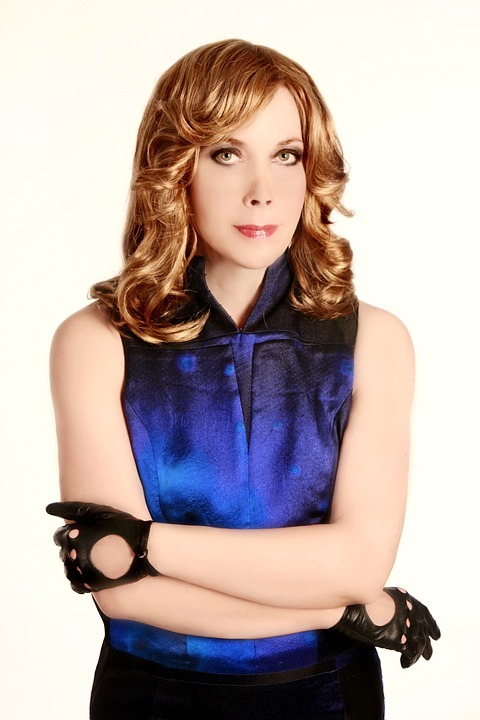In the world of web development, creating an engaging user experience is a top priority. An effective way to achieve this is through Motion UI development, which leverages animations and transitions to create interactive, visually appealing interfaces. In this blog, we will explore how these elements can improve user engagement and highlight some of the leading frameworks, including Motion UI and GreenSock, that facilitate the creation of immersive experiences.
The Power of Motion in User Experience
Why Use Animations and Transitions?
Animations and transitions are more than just eye candy; they serve vital functions in user interface design. Here are a few reasons why they are indispensable:
-
Guiding User Attention: Subtle animations can draw users’ eyes to important elements on a webpage. For instance, a button that slightly enlarges or changes color upon hovering makes it clear that it’s interactive.
-
Providing Feedback: Users often seek reassurance that their actions on a platform are recognized. Loading spinners, progress bars, or subtle confirmations like a "checkmark" animation after submitting a form elevate user satisfaction and confidence.
-
Enhancing Aesthetic Appeal: A clean, professional design with smooth transitions feels modern and polished, making users more likely to stay on your website longer.
-
Storytelling: Animation can help convey information and guide users through a narrative, whether it’s onboarding new users or showcasing a product’s features.
- Reducing Cognitive Load: By visually representing transitions between different states or sections, animations can help users understand changes in the interface without overwhelming them with too much information.
Frameworks for Motion UI Development
When it comes to implementing these animations and transitions, several frameworks can assist developers in creating seamless interactions. Two popular options are Motion UI and GreenSock.
Motion UI
Motion UI, developed by ZURB, is a Sass library that helps you create CSS transitions and animations easily. Its flexibility and ease of use make it a favorite among developers. Here are some key features of Motion UI:
-
Predefined Animations: Motion UI offers numerous prebuilt animations and transitions. This saves significant development time, allowing you to focus more on functionality.
-
Customizable: You can effortlessly customize the speed, easing functions, and elements being animated to fit your website’s design.
- Integration with Frameworks: Motion UI can be used alongside popular frameworks like Foundation, making it easier to integrate animations into existing projects.
GreenSock Animation Platform (GSAP)
GreenSock’s GSAP is a powerful JavaScript framework specifically designed for high-performance animations. It has increasingly gained popularity among developers due to its advanced features. Here’s why you might want to consider GSAP:
-
Performance: GSAP is optimized for smooth animations and can handle complex sequences without sacrificing performance, even on mobile devices.
-
Robust Timeline Control: With GSAP, you can create intricate sequences of animations and control their timing with precision. This allows for choreographed, engaging sequences that can elevate user experience.
-
Ease of Use: Despite its power, GSAP has a simple and intuitive syntax, making it accessible to both novice and experienced developers.
- Compatibility: GSAP works well across all major browsers and can animate any CSS property, SVG, and even canvas elements, providing extensive flexibility.
Creating Interactive Experiences
When developing a web application or site, think creatively about how you can incorporate animations and transitions. Start with a few key areas:
-
Loading States: Design a loading animation that keeps users entertained while waiting for content to load.
-
Hover Effects: Create engaging hover effects on buttons and images that entice users to click and explore.
-
Page Transitions: Instead of traditional page refreshes, consider using smooth transitions to move from one section to another, creating a seamless browsing experience.
- Scrolling Animations: Animate elements that appear as the user scrolls down the page, capturing attention and guiding them through your content.
Conclusion
Motion UI development is more than just adding flair to a website; it’s about enhancing user engagement and creating a memorable experience. By thoughtfully incorporating animations and transitions, you can guide users, provide feedback, and ultimately retain their attention. With powerful frameworks like Motion UI and GreenSock at your disposal, the possibilities to craft interactive experiences are endless.
As you embark on your next UI project, consider how motion can not only beautify but also clarify and enrich the interface you are designing. The path to better user engagement starts here — embrace the power of Motion UI development and take your projects to the next level!




